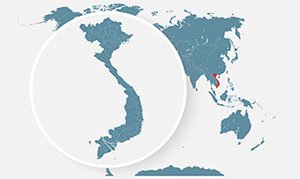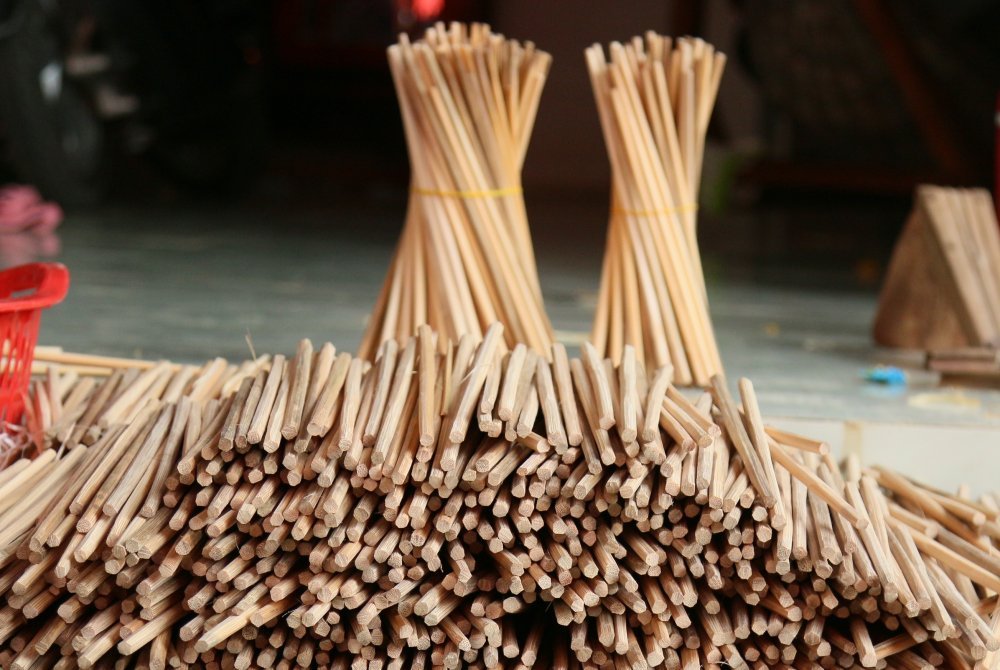Contents
ToggleA Millennia-Old Journey: From China to Vietnam
The history of chopsticks stretches back more than four millennia, with their roots in ancient China around 4,000–5,000 years ago. In their earliest form, they were nothing more than simple twigs, used primarily as tools for cooking—perfect for stirring boiling water, fishing out pieces of food from bubbling pots, or handling hot oil over open fires.
By around 500 BCE, these humble implements began to make their way from the kitchen to the dining table. Several fascinating theories surround this transition. Some suggest that chopsticks were inspired by the sharp, nimble beaks of birds, able to pick up food with ease. Others point to practical reasons: as China’s population grew, cooks needed to prepare meals more quickly. Cutting ingredients into smaller pieces not only reduced cooking time but also made sharing food among many diners easier—making chopsticks the ideal utensil.
This cultural shift gradually reduced the role of knives at the table, as most food was already bite-sized before being served. Over time, chopsticks evolved from being just practical tools into a symbol of refined dining etiquette and even carried cultural and philosophical meanings.
From China, the use of chopsticks spread across East and Southeast Asia, adapting to local food cultures. In Vietnam, chopsticks became indispensable, seamlessly blending with the country’s shared-dish dining style and its love for rice, noodles, and fresh herbs.
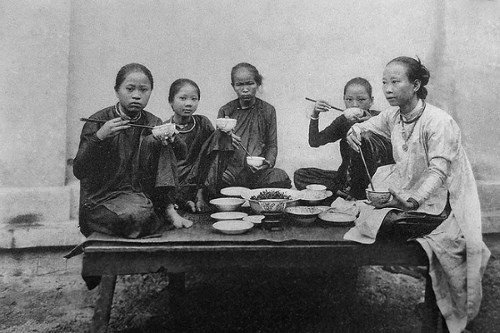
Confucian Influence
The rise of chopsticks in daily dining was not only practical but also deeply philosophical. Confucius—China’s most influential thinker—advocated for non-violence and vegetarianism, famously teaching that “a gentleman should not use knives at the dining table.” Knives, associated with slaughter and aggression, were seen as symbols of violence, while chopsticks represented harmony, refinement, and respect for life.
This Confucian ideal helped elevate chopsticks from mere eating tools to objects carrying moral and cultural weight. Using chopsticks became a way of expressing good manners, self-control, and even social status at the table.
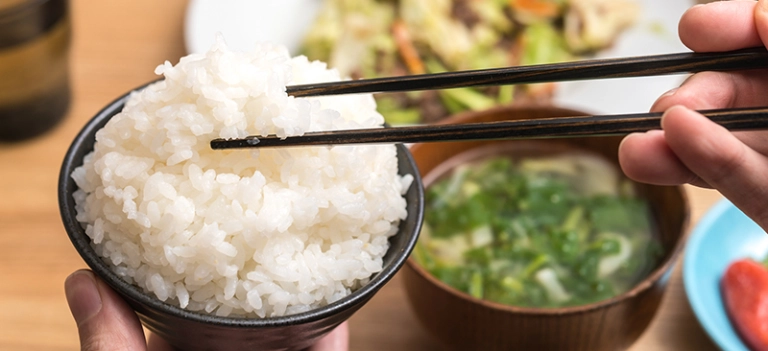
Spread Across Asia
As centuries passed, chopsticks crossed borders, adapting to different food cultures across Japan, Korea, Vietnam, and beyond. Each region developed its own style:
- Japan favored sleek, pointed chopsticks ideal for picking up delicate morsels of fish.
- Korea adopted flat metal chopsticks, often paired with a spoon, reflecting royal traditions of using silverware.
- Vietnam embraced longer wooden chopsticks, perfect for shared meals centered around rice, noodles, and fresh herbs.
Despite these variations, their practicality remained universal—chopsticks are perfectly suited for grains, noodles, hotpot dishes, and shared plates that define Asian cuisine.
Today, chopsticks are much more than utensils. They have become a cultural icon, often called the very “soul” of Asian dining. Whether in a humble family meal or a grand banquet, their presence connects modern tables with thousands of years of history and tradition.
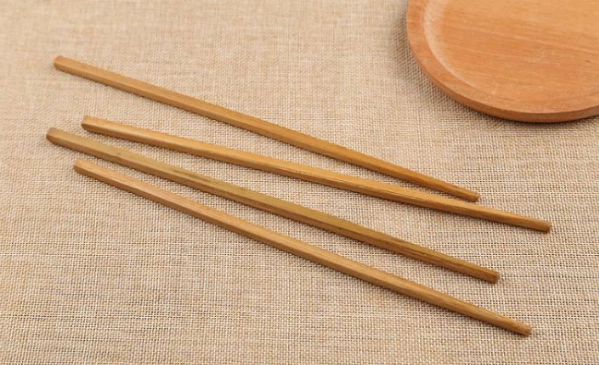
Diversity of Vietnamese Chopsticks
🌿 Materials by Region
Vietnam’s diverse landscapes have shaped the chopsticks used across the country:
- North & Central Vietnam: Bamboo reigns supreme—lightweight, elegant, and eco-friendly.
- South Vietnam: Coconut wood chopsticks are more common, known for their durability, smooth texture, and natural resistance to termites.
🛠 Craftsmanship
- Bamboo chopsticks are typically boiled or soaked before being cut, dried, and shaped.
- Coconut wood or hardwood chopsticks are sanded and polished to a fine smoothness, highlighting the natural grain.
✨ Common Features
Traditional Vietnamese chopsticks are practical and minimalist. They’re often left unvarnished and have two distinct ends:
- A square end for better grip.
- A rounded end for eating.
📏 Size Variations
Vietnamese chopsticks vary depending on their use:
- Dining chopsticks: 22–25 cm – used for everyday meals.
- Large chopsticks: 30–35 cm – handy for stir-frying.
- Cooking chopsticks (đũa cả): 60–70 cm – flat, long chopsticks used for cooking and serving rice.
👉 Fun fact: Vietnam has rare Kim Giao chopsticks, crafted from a sacred tree found in Cuc Phuong Forest (Ninh Binh). Once reserved for the imperial court, these chopsticks were said to detect poison by changing color!
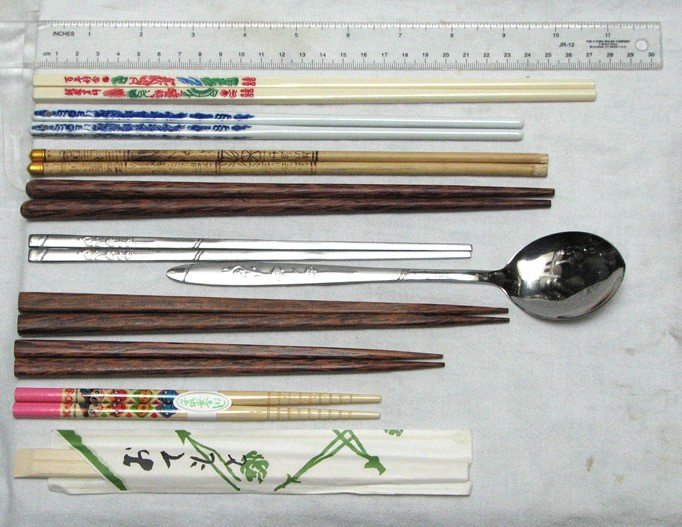
The Art of Using Chopsticks
For beginners, bamboo chopsticks are the easiest to master. Here’s the simple technique:
- Hold one chopstick steady between your thumb and ring finger.
- Place the second chopstick above, supported by your index and middle fingers.
- Move only the top chopstick to pinch food.
With practice, the movement becomes fluid—almost like an extension of your hand. In Vietnam, skillful chopstick use is not just practical but also considered graceful table etiquette.
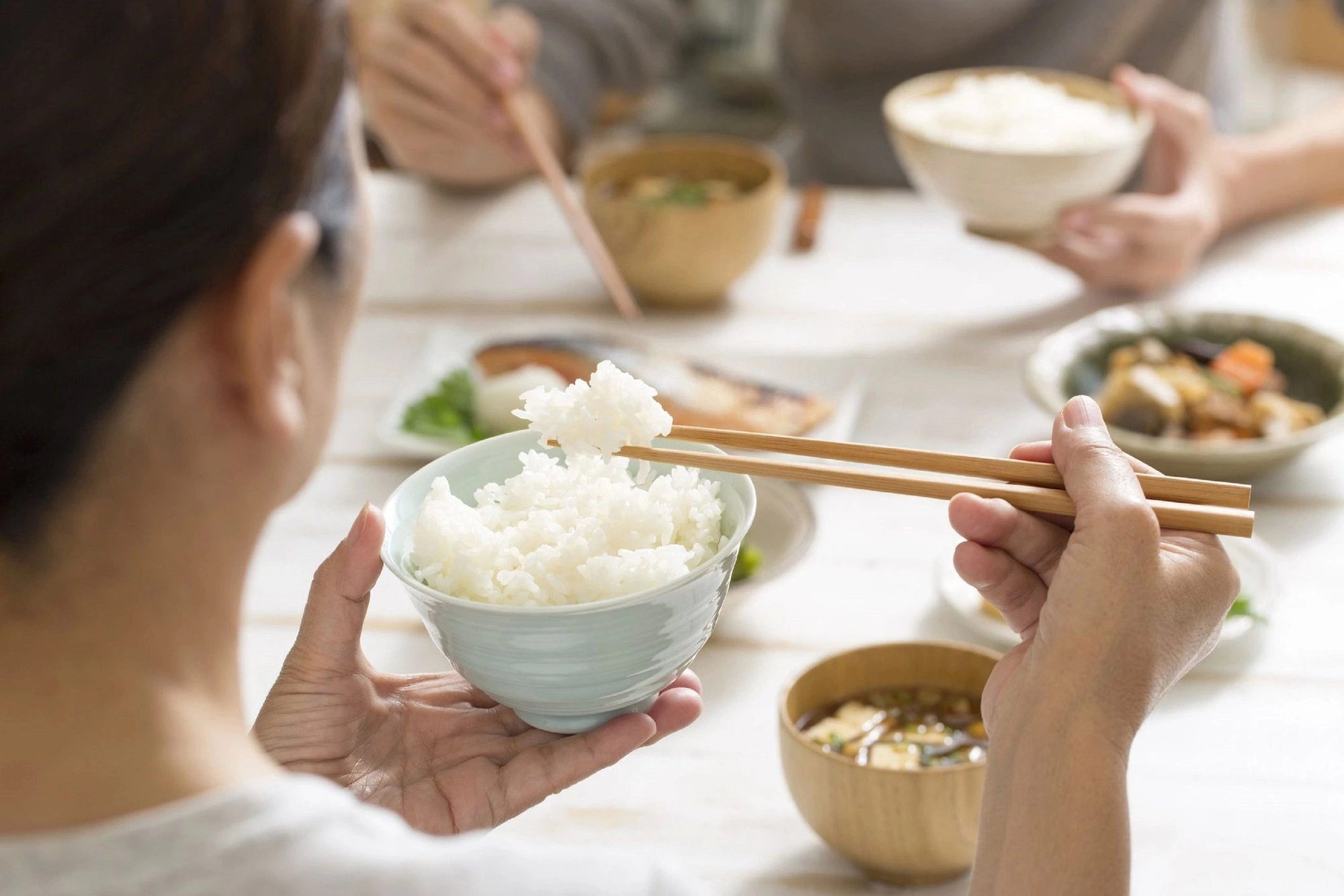
Chopstick Etiquette and Taboos in Vietnam
In Vietnam, chopsticks are more than eating tools—they reflect respect, family values, and cultural traditions. Knowing the dos and don’ts shows good manners:
🚫 Common Taboos
- Don’t tap chopsticks on bowls: It’s seen as impolite, almost like begging.
- Don’t stick them upright in rice: This resembles incense at funerals, a bad omen.
- Don’t point at people with chopsticks: Considered disrespectful.
- Don’t chew or suck on chopsticks: Seen as childish or rude.
- Don’t stir through shared dishes: Take food calmly, without “digging.”
👉 Pro Tip: When sharing food, flip your chopsticks and use the opposite ends. These days, many Vietnamese families and restaurants also provide serving spoons for hygiene.
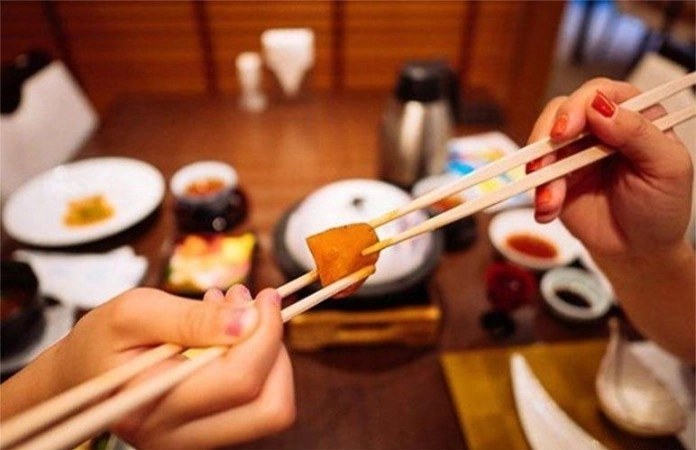
Conclusion
Though simple in design, Vietnamese chopsticks hold thousands of years of history, philosophy, and cultural meaning. They are more than tools for eating—they are symbols of family ties, discipline, and respect.
Every shared meal with chopsticks is not only about food but also about connection, tradition, and the soul of Vietnamese culture.

